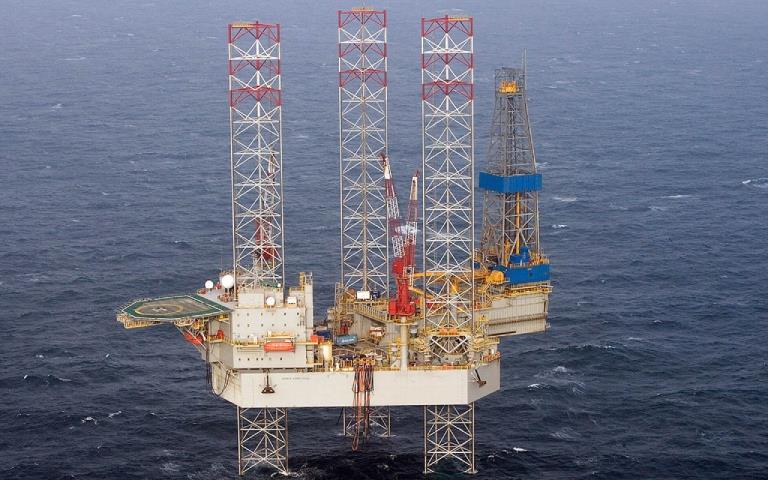
Troubled North Sea operator IOG (LON: IOG) has announced some ray of hope with first gas for its H2 well in the southern sector.
Last week, IOG delivered a set of bad news which has since seen its shares plunge more than 40%.
The London-listed firm said the H2 well at its Blythe field – part of its wider Saturn Banks Hub – had been tested and coming in below expectations at 22.8 million cubic feet of gas and 280-336 barrels of oil per day.
It had been expected to produce at 30 – 40 million cubic feet per day.
IOG also said a substantial fall in gas prices also meant it was likely in breach of one or more convenants of its 100 million euro bond and was seeking a waiver – suggesting a risk of insolvency.
This followed news in April that H2 had been spudded, but drilling through an over-pressurised section of oil and gas led to substantial drilling fluid losses.
However, today IOG announced first production from H2, within one week of its initial three-month guidance – despite 34 days being lost over the well control event.
IOG said it is “expediting equipment to the rig” to resolve a downhole blockage which “if successful could increase” the H2 rates to the initial guidance of 30-40mmscf/d by around month-end.
The intervention is expected to cost IOG another £500,000.
First sale of gas was delivered from H2 to the Saturn Banks Reception Facilities at Bacton terminal on June 12.
IOG also said today that it remains in talks with bondholders, and noted a recent jump in gas prices but said “significant volatility and uncertainty persist”.
CEO Rupert Newall said: “IOG’s Drilling, Operations and Engineering teams have done an excellent job to bring the Blythe H2 well onstream within one week of our initial three-month guidance, despite losing over a month to the well control event.
“Strong collaboration with Petrofac (Well Operator), Shelf Drilling (rig contractor), ODEAM (infrastructure Duty Holder) and Perenco (terminal operator), among others, has enabled safe and efficient execution of this important well.”
“We are expediting equipment to the rig to resolve the apparent downhole mechanical blockage, which if successful could increase H2 flow rates by around month end to the 30-40 mmscf/d range that we guided pre-well. In addition, we continue to work very actively on next steps beyond H2 and expect to provide further updates shortly.”

